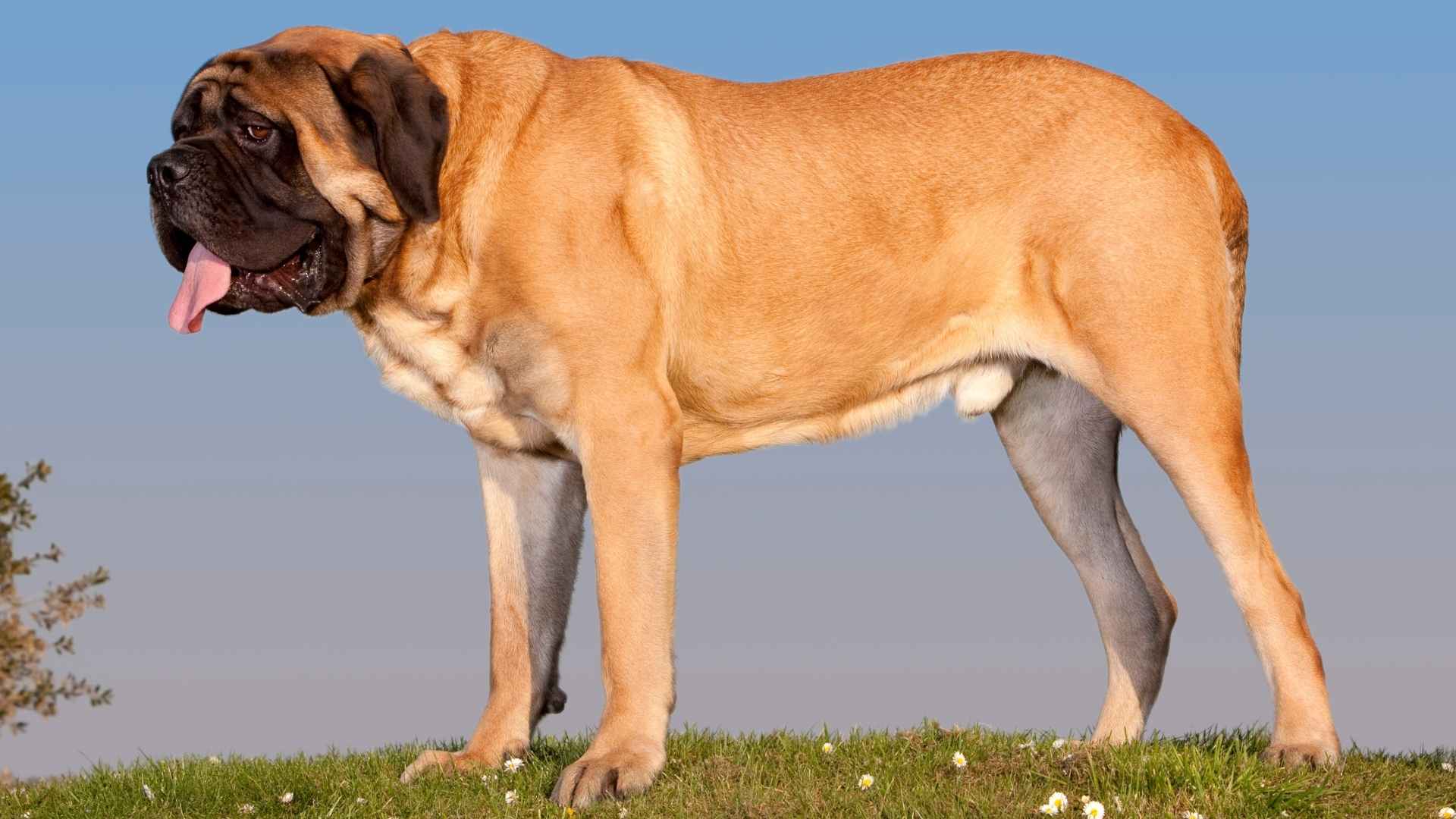Ever wonder why some dogs stay strong and mobile even after ten years, while others slow down and stiffen early? It’s not just about diet or supplements.
A dog’s breed plays a big role in how well their body holds up with time. While aging affects all dogs, some are naturally built for strength that lasts.
They have sturdy frames, dense bones, and the physical resilience to stay active deep into their senior years. These are the dogs who still chase balls at twelve, who still climb into your lap like they did at two.
If you’re thinking long-term and want a companion who stays physically sound for many years, certain breeds rise above the rest. In this article, we’ll look at dog breeds that are known to keep strong bones, steady movement, and structural health even after ten years of life.
Dog Breeds With Strong Bones Even After 10 Years
1. Siberian Husky
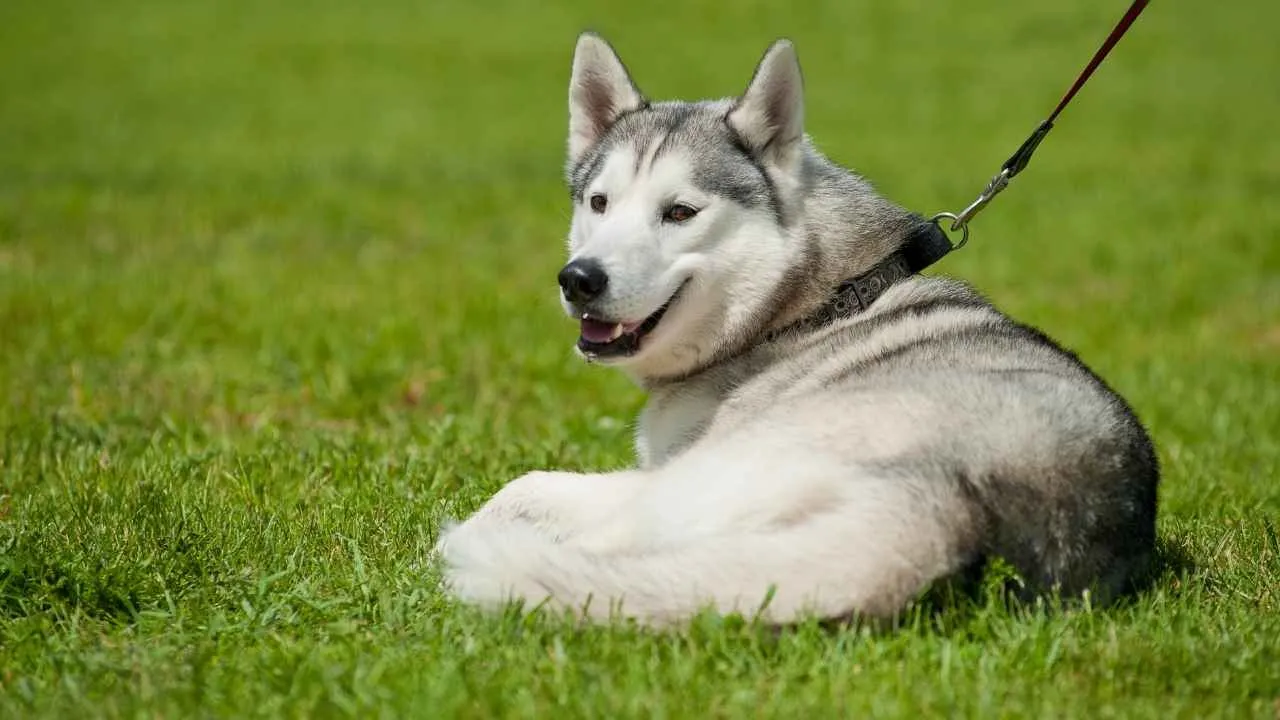
The Chukchi people initially bred the Siberian Husky to pull sleds across long distances in freezing temperatures, as mentioned in Britannica. This demand shaped their skeletal build into one that supports high activity and consistent movement. Their bones remain structurally sound because they were never bred for fragility.
Muscle and Bone Connection
Huskies are naturally lean and muscular, which supports joint stability and reduces pressure on bones. These physical traits don’t fade quickly with age, especially when the dog stays active. Their consistent muscle tone provides long-term support to their skeletal system.
Longevity Backed by Structure
Compared to many other dogs with similar energy needs, Huskies tend to show fewer bone-related aging signs. With proper care, they remain agile well into their teens. That kind of skeletal durability places them among the hardier big dog breeds.
Why Pet Parents Trust This Breed
Huskies require attention to diet and physical activity, but when that’s in place, their bone health often exceeds expectations. Many experienced pet parents report stable movement, minimal joint issues, and continued energy even after ten years. That track record makes their build worth noting.
2. Rottweiler

Rottweilers are known for their solid, muscular build that supports weight without putting excess pressure on joints. Their compact bone structure and dense muscle mass help distribute load efficiently. This balance in physical design supports long-term joint and skeletal health.
Well-suited for Physical Demands
These dogs were originally bred for herding and pulling carts, which shaped their endurance and physical durability. Their working history contributed to naturally strong hips and shoulders that can remain stable well into older age. This heritage continues to show in their daily activity levels.
Lifespan and Bone Health Connection
Among large dogs, Rottweilers show above-average skeletal strength when given proper care. Their frame benefits from daily walks and active routines, especially when supported by a balanced diet. Regular movement helps reduce stiffness that can come with aging bones.
Why Early Habits Matter
For breeds with heavy builds, early training plays a role in supporting posture and gait development. Pet owners who introduce leash walking and climbing in early training stages often help preserve long-term mobility. Structured movement protects their joints as they age.
3. Saint Bernard
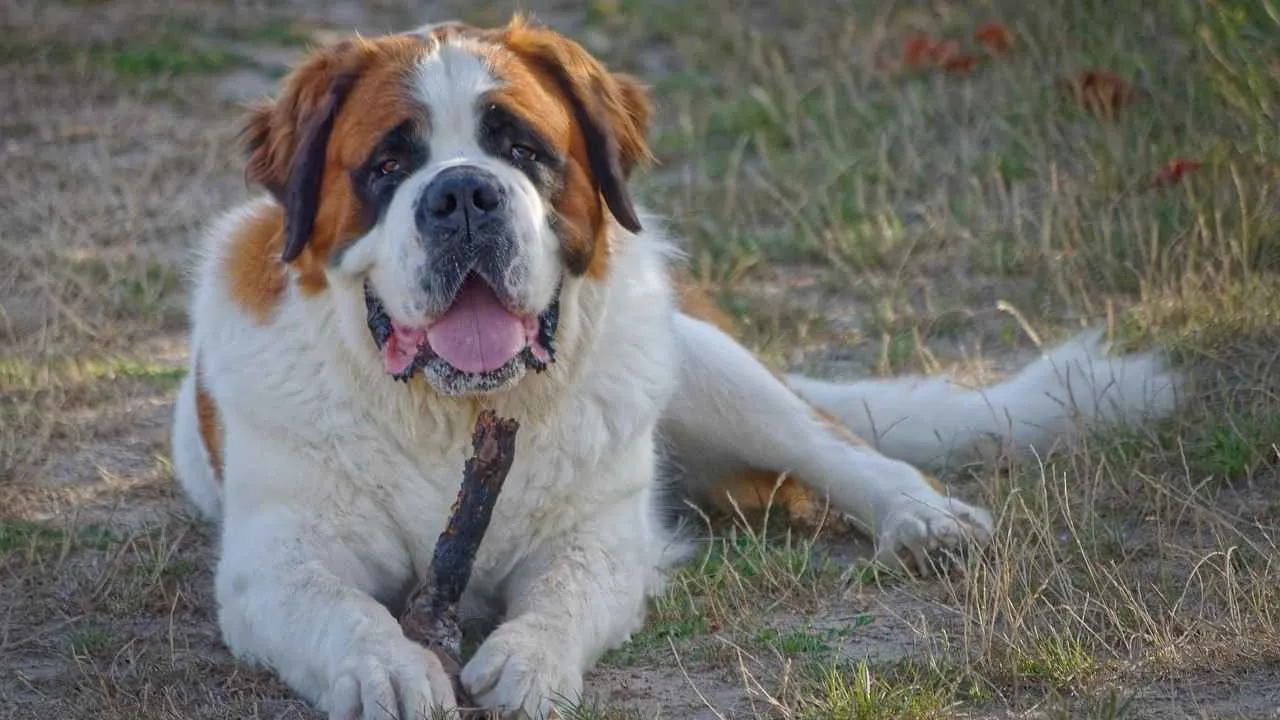
Saint Bernards have broad chests, thick leg bones, and powerful joints built for harsh alpine conditions, as per Vets Love Pets. Their skeletal strength supports their massive size and gives them the ability to stay mobile even into their senior years. This structural advantage is one reason they remain active longer than expected.
Weight and Bone Balance
While their size requires attention, their frame is surprisingly well-proportioned for weight distribution. With proper care and moderate activity, their limbs maintain function and strength even beyond a decade. Their build holds up, especially when health checks are done regularly.
Known for Being Gentle Giants
Despite their bulk, these dogs carry themselves with calm control, which prevents unnecessary strain on their joints. They don’t overexert without reason, and this slower pace helps preserve their bone health. Most Saint Bernards show minimal mobility issues when managed properly.
Why They Stay Physically Reliable
Their relaxed lifestyle works in favor of long-term bone support. Combined with their sweet temperament, this makes them easier to manage as they age. It’s part of what makes them such great companions for families who want a large breed with steady aging.
4. Alaskan Malamute
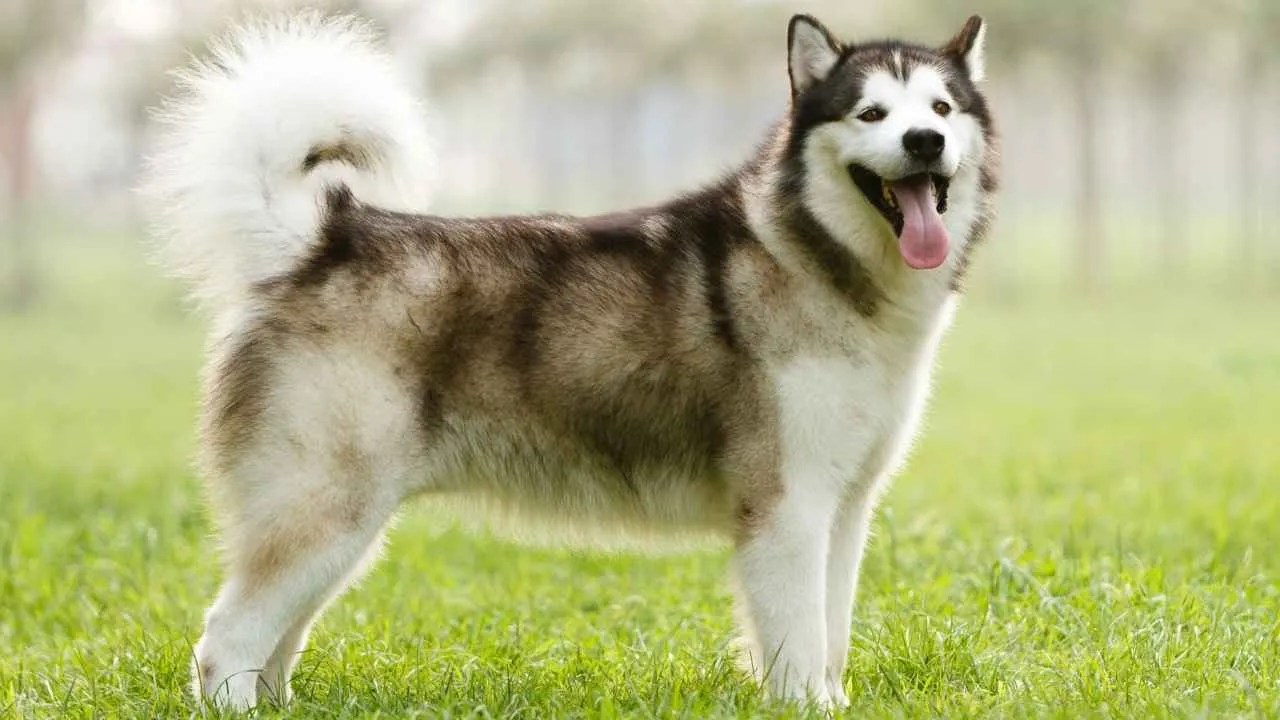
The Alaskan Malamute’s bone structure was developed for endurance and hauling weight across snow-laden terrain. Their broad chest and heavily muscled limbs support a solid skeleton that remains stable and powerful even after years of daily movement. This durability is deeply rooted in their working origin.
Early Bone Strength in Puppies
From a young age, Malamute puppies begin developing dense muscle mass and compact bone volume. These early growth patterns contribute to strong joints and reliable skeletal integrity through adulthood. Proper growth support during the first year ensures long-term strength in their frame.
Daily Activity That Reinforces Structure
Regular outdoor activity keeps their joints lubricated and bones engaged, especially when exercise includes pulling or long-distance walking. Their lifestyle doesn’t rely on short bursts of play but instead on steady movement. It’s this routine that supports the longevity of their bone health.
Emotional Bonding and Physical Vitality
Alaskan Malamutes are known to be deeply affectionate with those they bond with. Their desire to stay close and active around humans often keeps them mentally sharp and physically involved throughout their lives. This connectedness supports overall well-being well into the senior years.
5. Mastiff
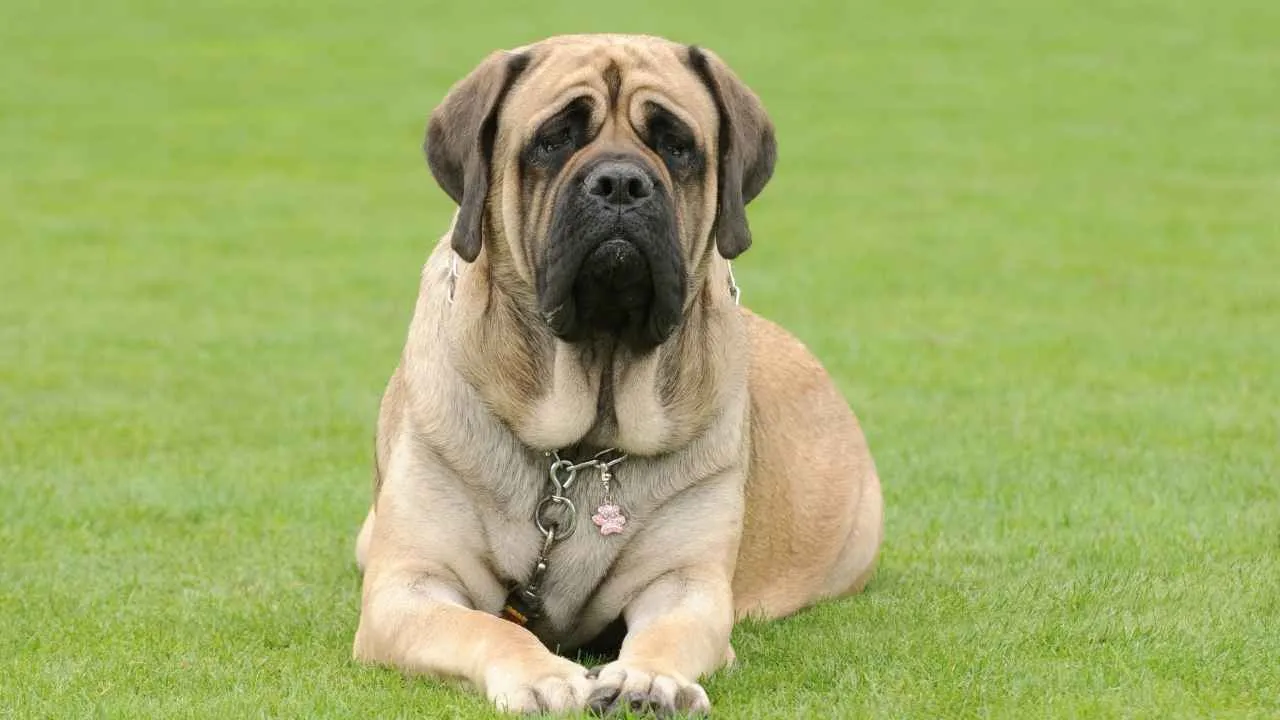
Mastiffs are among the heaviest-boned domestic breeds, originally developed to hold their ground against large animals and intruders. Their broad frame and dense skeletal build offer natural protection against wear, especially when joint health is supported early.
Weight Distribution and Support
Their massive body weight is well supported by thick limbs and muscular hindquarters. Unlike breeds that depend on lean speed, Mastiffs carry power in stillness, allowing their joints and bones to stay aligned longer. This structure reduces the uneven stress that leads to early bone problems.
Slow Maturation Helps Longevity
Mastiffs mature slowly, often taking up to three years to fully develop their musculoskeletal system. This extended growth period gives their bones time to settle properly, minimizing the risk of joint misalignment. Long-term bone health is closely tied to that steady development pace.
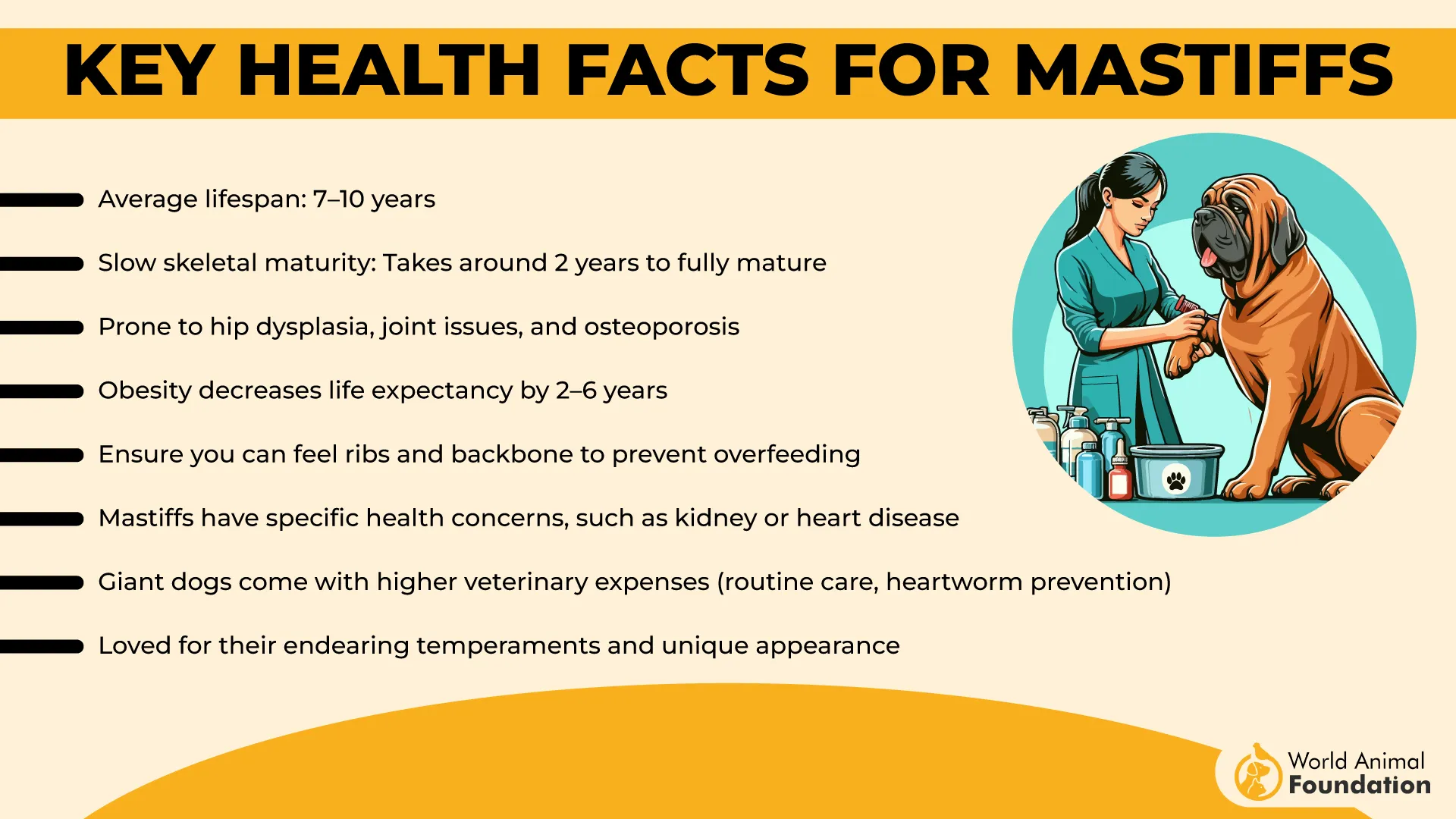
Impact of Controlled Activity
Their calm demeanor limits high-impact wear during their most active years. With proper exercise routines, many Mastiffs maintain good bone strength well into their senior phase. Regular movement without strain helps preserve their frame and supports natural aging.
6. Great Dane
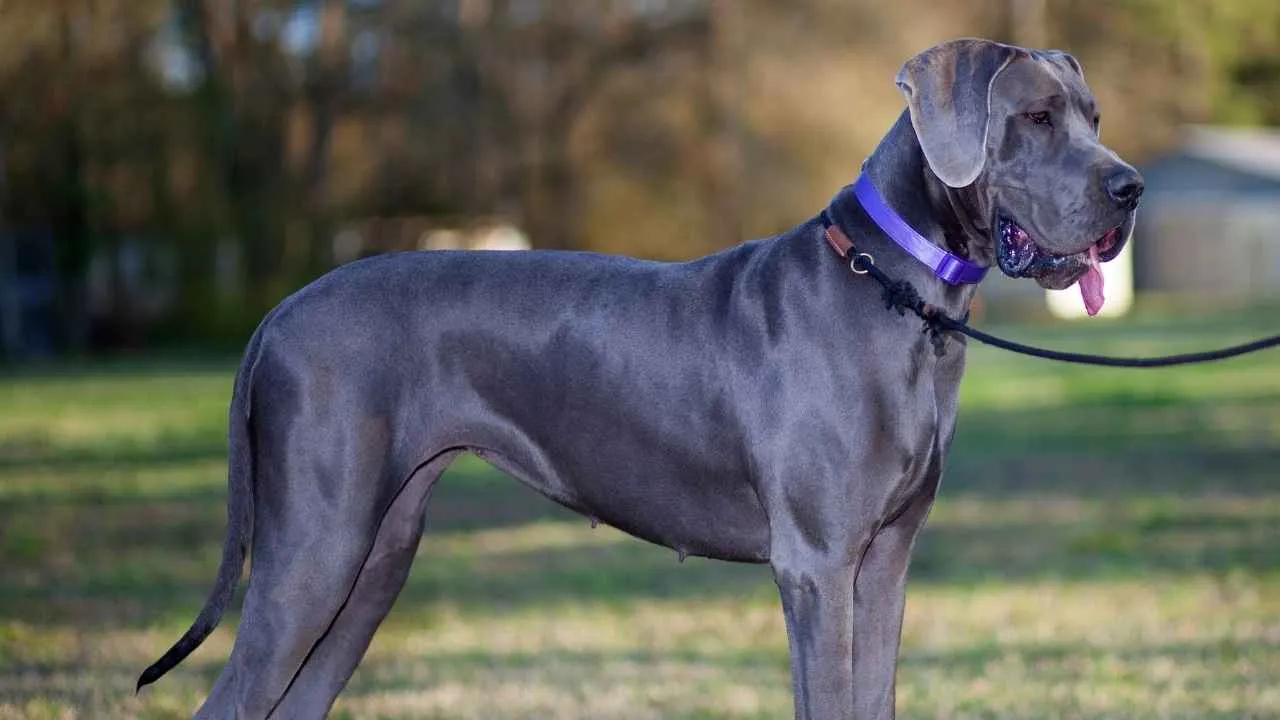
Great Danes are among the tallest dog breeds, and their large bone structure is evident even in early growth stages. Their skeletal frame develops rapidly and needs close management during the first few years. Proper support early on helps lock in strength that carries through long-term.
Naturally Dense Bone Composition
These dogs are known for having strong, thick bones, especially in their forelimbs and hips. When supported with joint care and a balanced diet, their musculoskeletal health often remains intact longer than expected. Regular veterinary monitoring keeps things on track.
Movement That Builds Longevity
Although they may appear slow-moving, Great Danes benefit from steady and consistent motion. Low-impact walking helps preserve joint flexibility without stressing their large frame. This approach helps maintain structural strength well into their older years.
Maintaining Balance with Weight
Managing their weight is one of the most important parts of protecting their bone health. Obesity adds strain on joints that are already bearing more than most breeds. Owners who monitor diet and routine help reduce stress-related bone wear over time.
7. Kangal

Kangals were developed in rural Turkey to guard livestock in rugged conditions, often across harsh terrain. Their skeletal structure adapted to support long periods of movement and physical alertness. These traits continue to support strong bone health throughout their lifespan.
Impressive Muscle-to-Bone Balance
This breed carries a dense, muscular frame with a balanced bone ratio that holds up well even in their older years. Regular physical engagement is part of their routine, which supports continued bone density. Their bodies were built to remain useful beyond early adulthood.
Movement Keeps Their Frame Engaged
They are naturally active and rarely sedentary, especially when raised on land or with jobs to do. Constant patrolling and alert movement places controlled stress on the bones, which supports their long-term strength. This makes them physically capable well beyond age ten.
Support Through Routine and Environment
Kangals raised in active outdoor environments tend to age better physically due to consistent, joint-friendly movement. They thrive when given structure, space, and consistent care that mirrors their traditional role. Their natural bone durability benefits from that lifestyle throughout their life.
Conclusion
Even after ten years, many of these dogs remain strong, stable, and perfectly fine in both movement and attitude. Their bodies are built for lasting use, especially in working dogs that thrive with routine and care.
While some breeds are more prone to joint problems, the ones listed here hold up well, even around children or strangers. Whether it’s a large protector or a small dog with surprising strength, these breeds continue to respond with energy and steadiness deep into their senior years.
In a world full of changing health standards, bone strength still matters. With proper care, these companions give you more than time—they give you quality movement for life.


